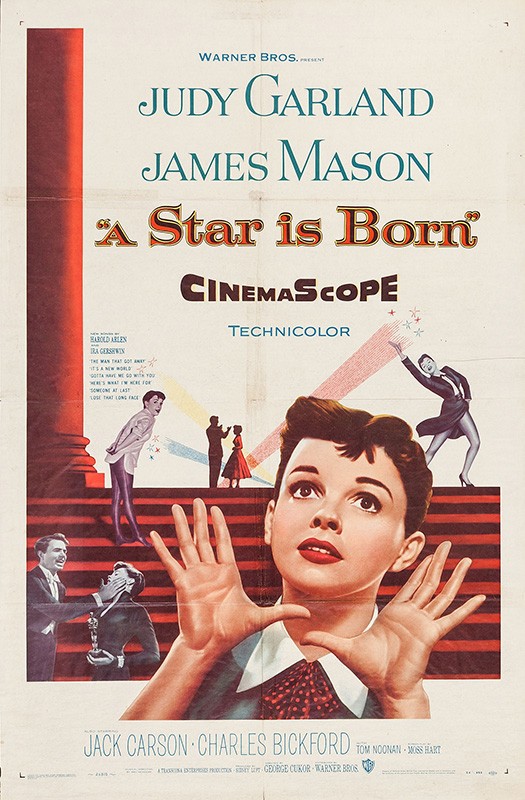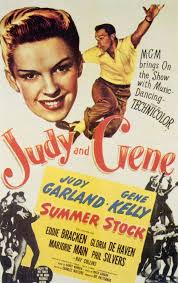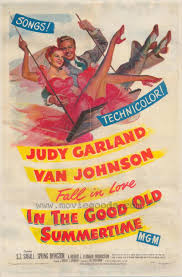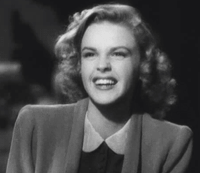Judy by the Numbers: "The Faraway Part of Town"
 Wednesday, August 3, 2016 at 8:30AM
Wednesday, August 3, 2016 at 8:30AM 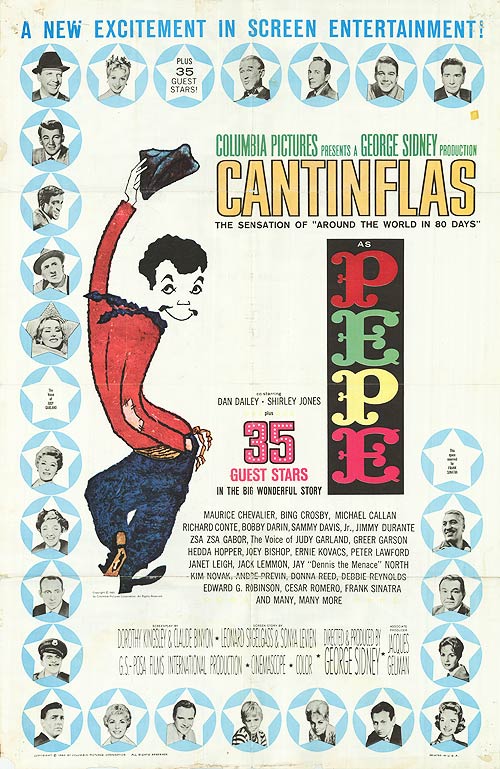 After the critical and financial disappointment of A Star Is Born (1954), Judy took another hiatus from moviemaking. While she continued an active concert touring schedule, and began popping up on television on occasion, exhaustion, disappointment and illness kept her from another film. It took an old friend to coax her back into movies, in the weirdest cameo of her career.
After the critical and financial disappointment of A Star Is Born (1954), Judy took another hiatus from moviemaking. While she continued an active concert touring schedule, and began popping up on television on occasion, exhaustion, disappointment and illness kept her from another film. It took an old friend to coax her back into movies, in the weirdest cameo of her career.
The Movie: Pepe (Columbia, 1960)
The Songwriters: Dory Previn (lyrics), Andre Previn (music)
The Cast: Cantinflas, Shirley Jones, Dan Dailey, directed by George Sidney
(A cleaner version with proper aspect ratios can be found here.)
The Story: Cantinflas was already a beloved megastar of Mexican cinema by the time he made a splash in Around the World in 80 Days. Hoping to capitalize on a new opportunity, Columbia cast him in Pepe, and added cameos by 35 Hollywood stars just in case the Mexican comedian didn't pan out.
Judy was one of the 35 cameos. Originally coaxed on board by her former director, George Sidney, Judy was just recovering from hepatitus when the movie began shooting. Columbia reduced her cameo to a singing one, either for health reasons or because they were afraid she'd gained too much weight. At any rate, this may have inadvertently saved Judy - the movie bombed, but she ended up with an Academy Award nominated hit.
Regardless of the rest of the film's legacy or reception, there is something truly trippy in the best way about watching a Mexican comedian dance with the current Hollywood "it" soprano (and future Mrs. Partridge) to a Judy Garland number. It sums up the strange transition period that was early '60s Hollywood better than any other clip I can think of. It worked in Judy's favor, too. The next year, Judy Garland was awarded a Golden Globe for lifetime contribution to American film. However, her contributions weren't over yet. She was about to give one of the most devastating performances of her career.



